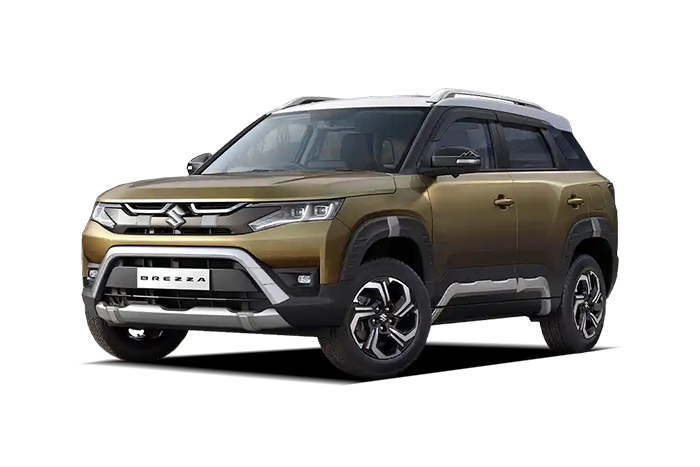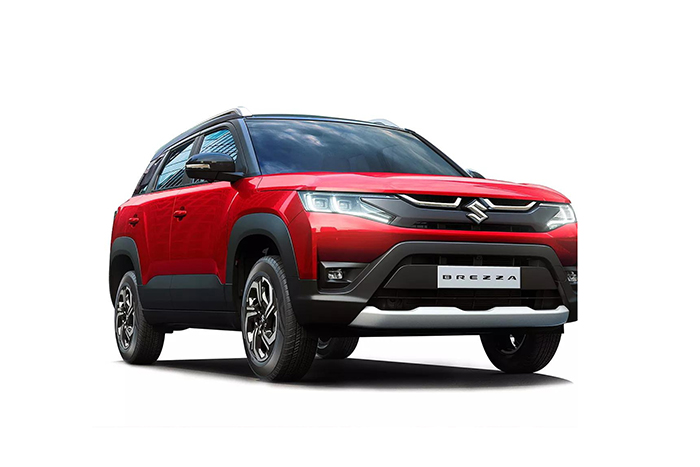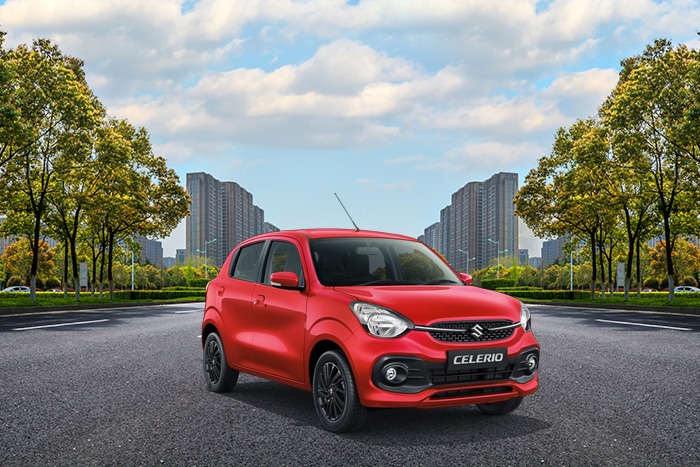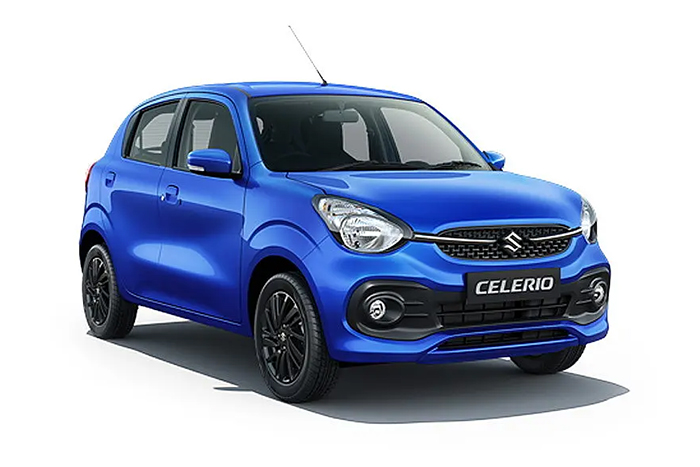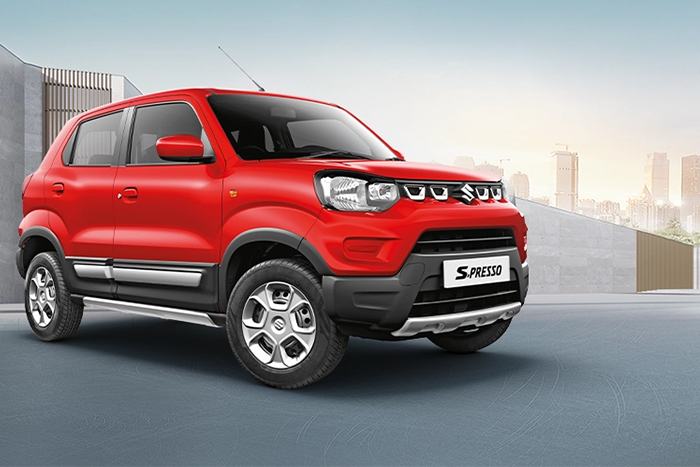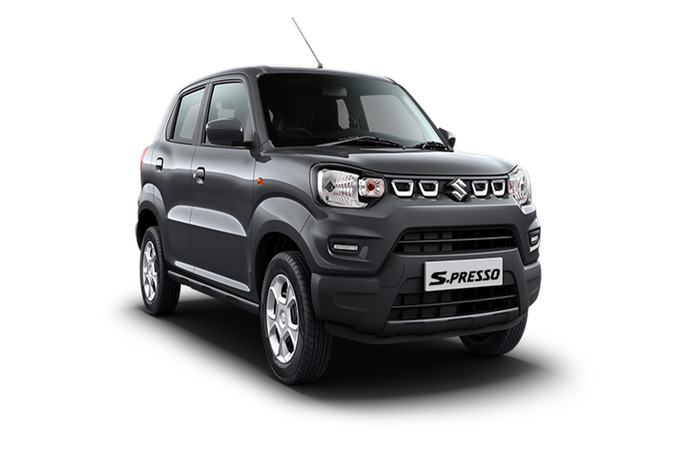New-age cars have new-age features. You see this with cars that are trying to be everything and end up being, well, nothing. Take the Maruti Suzuki New Age Baleno: It’s a hatchback that wants to be a sedan but is not quite there. It’s a car meant to attract younger buyers who want to drive something more exciting than the average family car but still offer them all-around utility for everyday commuting and city driving.
Now that it has been updated, the new age Baleno comes in a sleeker, more upscale form. The New Age Baleno has been launched with a host of cosmetic, design, and technology updates. This fourth-generation Baleno is an attempt by the car maker to make the hatchback stand out from the saturated hatchback segment. It has been done by giving it a sharper look and a host of features that set it apart from rivals
We are on the cusp of a new era in automobile design, with manufacturers actively trying to get away from boxy designs and make their future models look sleeker and sexier. The new Baleno is Suzuki’s answer to this changing market and here’s what you need to know about it:
New Designs, New Features
The new age Baleno has been completely redesigned from the ground up. This model has been completely restyled, both inside and outside. The carmaker has given it a more aggressive and sporty look, with a longer and lower design. This car is now 1.5 inches longer and 0.5 inches wider. Its overall length is 3,990 mm, the wheelbase is 2,520 mm, and it has a ground clearance of 170 mm.
The new age Baleno has a more stylish and aggressive look. While the old car looked like a hatchback from the 2010s, this one looks like a car from a more modern era. The front gets a new hexagonal grille with a chrome surround along with a reworked bumper. The fog lamps are now integrated into the bumper, while the air dam has been given a sportier look. The car also gets a new bonnet and headlamps. The rear too has been restyled. The tail lamps get a new design, while the bumper gets a diffuser-style design. The Baleno also gets sportier, redesigned 16-inch alloy wheels.
Styling And Design Changes
The front and rear end designs have undergone the most visible alterations in terms of aesthetics. The new age Baleno gets a larger, honeycomb-patterned grille up front that extends all the way into the wraparound headlamps and has a silver strip emphasising its base.
The projector modules that make up the headlights themselves are broader and have a new three-element LED DRL signature. The shape of the new model’s front bumper is similar to the previous model, but the new age Baleno features bigger air dams and larger fog light housings. The new age Baleno has an overall bigger and more grounded appearance. Its clamshell bonnet shape is also flatter.
The new C-shaped LED tail lights that extend onto the tailgate and the redesigned rear bumper with the reflector strips elevated are what are most noticeable when looking at the upgraded Baleno from the rear. In addition, the rear glasshouse, spoiler, and tailgate form all resemble the previous model pretty closely.
The new age Baleno’s window line chrome strip extending up to the rear quarter glass and the sharper wrinkle on the shoulder line are the only noticeable differences in profile.
Interiors and features
Even the inside has undergone some serious remodelling by Maruti. The dashboard’s waterfall appearance and predominantly black interior decor from the earlier model are gone. Instead, the new models have a whole new layered dashboard design that is quite similar to the new S-Cross that is being offered internationally. The updated Baleno’s dashboard uses additional colours, with the upper area being black, the centre section sporting a silver accent line running the length of the cabin, and the lower section sporting a dark blue finish that also covers the door cards.
Not only that, but the 2022 Baleno also features newly redesigned air conditioning vents, a free-standing touchscreen infotainment system, a new instrument cluster design (which still features two analogue dials and a digital MID in the middle), new automatic climate control switchgear that is slightly lower, new front seats, and a new steering wheel that is reminiscent of the Swift’s design.
Technologies in the New Age Baleno: Engine and Performance
The new age Baleno will only be available with one petrol engine, as opposed to the two that were available for the previous generation. The engine in question is a more recent model of the 1.2-liter, four-cylinder petrol engine called the “K12N,” which has variable valve timing and an integrated starter generator (ISG) that enables automatic engine stop/start in order to save fuel. Not to be confused with Maruti’s mild-hybrid SHVS technology, which provides a moderate electric power boost in vehicles like the Ciaz.
The earlier Baleno’s CVT automatic transmission was replaced by a five-speed AMT unit, although the five-speed manual transmission is still standard.
Safety and AI Features
The New Age Baleno has been given a few new safety features. The car now gets a lane departure warning, road sign recognition, a Forward Collision Warning system, and adaptive cruise control. These features warn you if you are not keeping to your lane and if you are about to make a mistake while driving.
The New Age Baleno also gets an engine start/stop button, which has been moved from the old position of being behind the gear lever to the dashboard. The car also gets an anti-theft alarm. The New Age Baleno misses out on a few safety features that the old Baleno has. These are Automatic Emergency Braking, which brakes the car if there is an obstacle in front, and Blind Spot Monitoring, which informs you if there is a car in your blind spot.
Should You Buy?
The New Age Baleno is an eagerly anticipated update to a beloved vehicle. Every upgrade, in classic Maruti Suzuki style, has been carefully considered and created to complement one another to produce an amazing driving experience – even if you’re not the one behind the wheel! The vehicle fulfils its promise of having the appropriate technology at the appropriate location and pricing. It has consistently offered the best value in its market, and with these updates, it now easily outperforms the competition.
The main benefits of owning a Maruti vehicle are the close proximity of Nearest Maruti Suzuki Service Centre in India in case of a breakdown and the highest resale value you get when reselling or exchanging through an exchange offer when you upgrade your vehicle. The Maruti Suzuki Breakdown/Roadside assistance is another draw for buyers.
The most popular vehicles and their on-road costs are listed below:
- Maruti Suzuki Ertiga On-road price is ₹9.46 Lakhs.
- Maruti Suzuki Vitara Brezza On-road price is ₹7.99 Lakhs.
- Maruti Suzuki Alto K10 On-road Price is ₹2.99 Lakhs.
- Maruti Suzuki Swift On-road Price starts at ₹ 5.91 Lakh and goes up to ₹ 8.84 Lakh.
- Maruti Suzuki Swift Dzire On-road Price is ₹6.24 Lakhs.
- Maruti Suzuki Wagon R On-road Price is ₹4.80 Lakhs.
- Maruti Suzuki Celerio On-road Price is ₹5.25 Lakhs.
- Maruti Suzuki S-Presso On-road price is ₹4.25 Lakhs.




